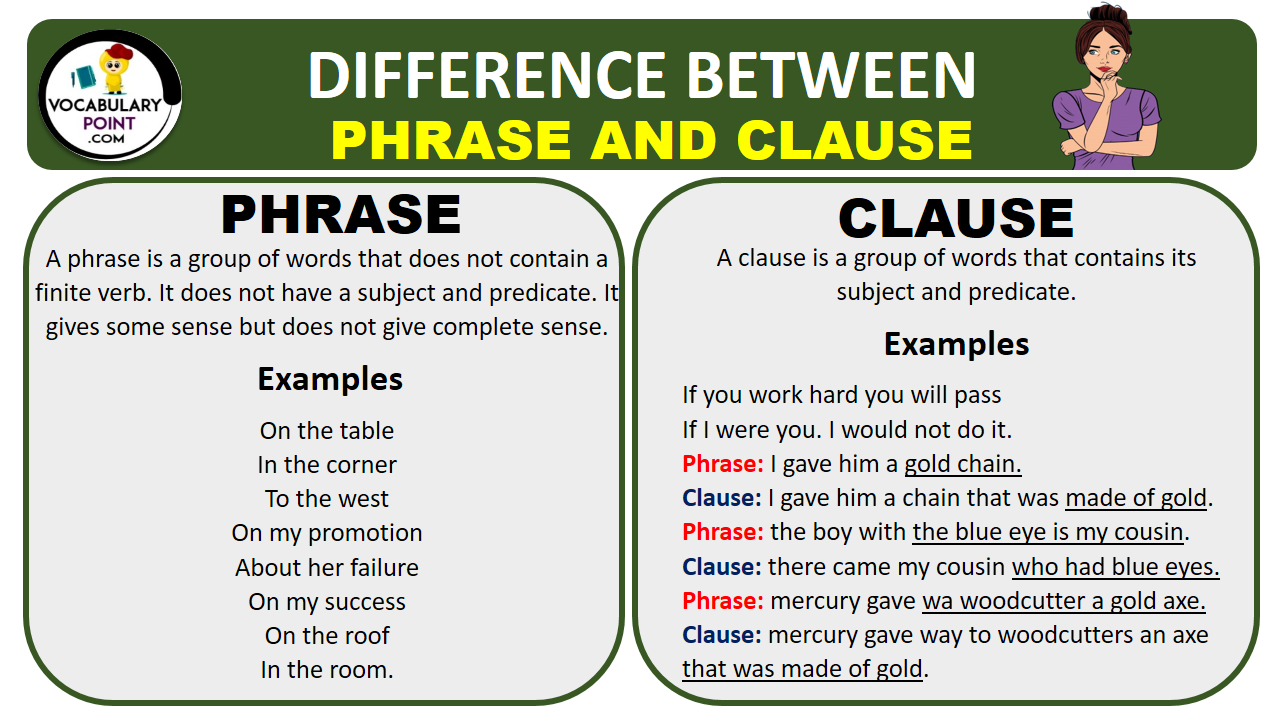Weather Anomalies and Their Impact: Weird Weather Leather Chair Ep

Leather, a natural material renowned for its durability and elegance, is susceptible to the vagaries of weather. Extreme weather events, particularly those involving fluctuations in humidity, temperature, and precipitation, can significantly impact the quality and longevity of leather furniture.
The Impact of Extreme Weather on Leather Furniture
Extreme weather events can have a profound impact on leather furniture. High humidity can lead to the growth of mold and mildew, which can damage the leather and cause discoloration. Conversely, low humidity can cause the leather to become dry and brittle, making it more susceptible to cracking and tearing. Temperature fluctuations can also affect the leather, causing it to expand and contract, which can lead to warping and distortion. Precipitation, especially prolonged exposure to rain or snow, can cause leather to become saturated and damaged.
Historical Weather Patterns and Leather Production, Weird weather leather chair ep
Leather production has historically been concentrated in regions with specific climate conditions that are conducive to the tanning and finishing processes. For example, the leather industry in Italy, known for its high-quality leather goods, has long been influenced by the Mediterranean climate, characterized by warm, dry summers and mild, wet winters. However, recent years have seen an increase in extreme weather events in these regions, including heat waves, droughts, and heavy rainfall, which can impact the quality and availability of raw materials and the tanning process.
Challenges Posed by Unpredictable Weather to the Leather Industry
Unpredictable weather patterns present significant challenges to the leather industry. Extreme weather events can disrupt supply chains, affecting the availability of raw materials such as hides and tanning agents. Manufacturing processes can also be disrupted by power outages, flooding, and other weather-related events. Moreover, unpredictable weather can lead to variations in the quality of leather, as extreme temperatures and humidity can affect the tanning process and the final properties of the leather.
Leather Furniture and Its Care

Leather furniture, with its timeless elegance and enduring quality, can be a cherished part of any home. However, maintaining its beauty and longevity in environments with fluctuating weather conditions requires dedicated care and attention. This section explores the nuances of leather care, providing a comprehensive guide to protect your leather furniture from the elements.
Leather Furniture Care in Variable Weather
Leather is a natural material that reacts to changes in temperature and humidity. Extreme heat can cause leather to become dry and brittle, while excessive moisture can lead to mold and mildew growth. Therefore, understanding the specific challenges posed by different weather conditions is crucial for effective leather care.
- Humidity: High humidity can cause leather to become damp and susceptible to mold and mildew growth. Regularly ventilate the room where your leather furniture is located to reduce humidity levels. Consider using a dehumidifier in particularly humid environments.
- Dryness: Dry air can make leather dry and crack. Use a humidifier to add moisture to the air, especially during dry seasons. Regularly condition your leather furniture with a high-quality leather conditioner to keep it hydrated and supple.
- Temperature Fluctuations: Extreme temperature changes can cause leather to become stiff and brittle. Avoid placing your leather furniture in direct sunlight or near heat sources. Ensure the room temperature is consistent, especially during drastic weather shifts.
Cleaning and Conditioning Leather Furniture
A regular cleaning and conditioning routine is essential for maintaining the health and appearance of your leather furniture. Here’s a step-by-step guide to follow:
Cleaning Leather Furniture
- Dust and Vacuum: Regularly dust your leather furniture with a soft cloth or a vacuum cleaner with a brush attachment. This removes loose dirt and debris that can scratch the leather surface.
- Spot Cleaning: For spills or stains, use a soft cloth dampened with a mild soap solution (e.g., dish soap diluted with water). Gently blot the stain, avoiding rubbing, as this can spread the stain further. Never use harsh chemicals or abrasive cleaners on leather.
- Professional Cleaning: For deep cleaning or stubborn stains, consider professional leather cleaning services. These services utilize specialized cleaning solutions and techniques to remove dirt, grime, and stains without damaging the leather.
Conditioning Leather Furniture
- Choose a Suitable Conditioner: Select a leather conditioner specifically designed for your type of leather finish. Look for conditioners that are free of harsh chemicals and silicone, which can damage the leather.
- Apply the Conditioner: Apply the conditioner evenly to the leather surface using a soft cloth or sponge. Avoid over-applying, as this can leave a greasy residue.
- Let it Soak: Allow the conditioner to soak into the leather for a few minutes before buffing it with a clean, dry cloth. This ensures the conditioner is fully absorbed and leaves the leather supple and hydrated.
- Regular Conditioning: Condition your leather furniture every few months or as needed, depending on the weather conditions and the type of leather finish.
Types of Leather Finishes and Their Weather Suitability
Leather finishes play a crucial role in determining the leather’s resistance to weather conditions. Here’s a table outlining different types of leather finishes and their suitability for various weather conditions:
| Leather Finish | Weather Suitability | Cleaning and Care Products |
|---|---|---|
| Aniline | Less weather-resistant, prone to staining and fading | Mild soap solution, leather conditioner specifically designed for aniline leather |
| Semi-aniline | Moderately weather-resistant, less prone to staining and fading than aniline | Mild soap solution, leather conditioner specifically designed for semi-aniline leather |
| Protected Aniline | More weather-resistant, less prone to staining and fading than aniline or semi-aniline | Mild soap solution, leather conditioner specifically designed for protected aniline leather |
| Pigmented | Highly weather-resistant, durable, and resistant to staining and fading | Mild soap solution, leather conditioner specifically designed for pigmented leather |
| Top-grain | Durable and weather-resistant, often used for upholstery and furniture | Mild soap solution, leather conditioner specifically designed for top-grain leather |
| Nubuck | Soft and velvety, but less weather-resistant than other finishes | Specialized nubuck cleaner and conditioner |
Note: Always consult the manufacturer’s care instructions for specific cleaning and conditioning recommendations for your leather furniture.
The “Weird Weather” Phenomenon

The term “weird weather” has become increasingly common in recent years, reflecting the growing frequency and intensity of extreme weather events across the globe. These anomalies, ranging from prolonged droughts to devastating floods and record-breaking heat waves, are a stark reminder of the changing climate and its profound impact on our world.
Causes and Consequences of Weather Anomalies
Understanding the causes and consequences of these weather anomalies is crucial for mitigating their effects and adapting to a changing climate. While natural climate variability plays a role, the scientific consensus points to human-induced climate change as a primary driver of these shifts. The burning of fossil fuels releases greenhouse gases, trapping heat in the atmosphere and causing a gradual warming of the planet. This warming, in turn, disrupts weather patterns, leading to more extreme events.
- Human Health: Extreme heat waves can lead to heatstroke, dehydration, and cardiovascular strain, particularly among vulnerable populations. Similarly, heavy rainfall and flooding can create breeding grounds for disease-carrying mosquitoes, increasing the risk of infectious diseases.
- Infrastructure: Extreme weather events can cause significant damage to infrastructure, including roads, bridges, power grids, and buildings. Coastal areas are particularly vulnerable to rising sea levels and storm surges, leading to property damage and displacement.
- Natural Ecosystems: Climate change is altering natural ecosystems, impacting biodiversity and ecosystem services. For example, rising temperatures and changes in precipitation patterns can lead to forest fires, coral bleaching, and shifts in plant and animal distributions.
Climate Change and the Leather Industry
The leather industry, reliant on animal hides and natural resources, is particularly vulnerable to the impacts of climate change. Extreme weather events can disrupt production, affect the quality of hides, and impact consumer demand.
- Production Disruptions: Droughts and floods can damage crops and livestock, affecting the availability of raw materials for leather production. Extreme heat can also impact animal health and welfare, reducing the quality of hides.
- Consumer Demand: Changing weather patterns can influence consumer preferences for leather goods. For example, in regions experiencing extreme heat, consumers may opt for lighter fabrics and less-durable leather items.
- Innovations in Leather Processing and Care: The leather industry is responding to climate change by exploring innovations in leather processing and care. This includes developing more sustainable tanning methods, using recycled materials, and creating leather products with enhanced durability and water resistance.
Examples of “Weird Weather” Impacts on the Leather Industry
The “weird weather” phenomenon has already had tangible impacts on the leather industry. For example, the prolonged drought in California in the 2010s led to a decline in cattle production, affecting the availability of hides for leather goods. Similarly, the devastating floods in Bangladesh in 2020 caused significant damage to leather tanneries, disrupting production and impacting livelihoods.
“The leather industry is facing unprecedented challenges due to climate change. We need to find innovative solutions to adapt and mitigate the impacts of extreme weather events.” – [Name of industry expert or organization]
Eh, ngomongin cuaca aneh di “Weird Weather Leather Chair Ep” itu kayak lagi ngomongin si Asep yang suka ngelantur. Tapi kalo ngomongin soal kursi, mendingan cari yang empuk kayak chesterfield leather swivel chair tuh, biar bisa santai nonton “Weird Weather Leather Chair Ep” sambil ngemil.
Nggak usah mikirin cuaca yang kayak lagi nge-prank kita, hahaha!
Eh, ngomongin cuaca aneh di episode Weird Weather Leather Chair, gue jadi inget kursi kulit keren yang dipake si Lorenzo di filmnya. Gue rasa si Lorenzo emang punya selera tinggi, dia milih lorenzo leather studded club chair yang elegan banget.
Nggak heran deh si Lorenzo betah banget duduk di kursi itu, ngeliatin cuaca aneh yang bikin dia pusing kepala.